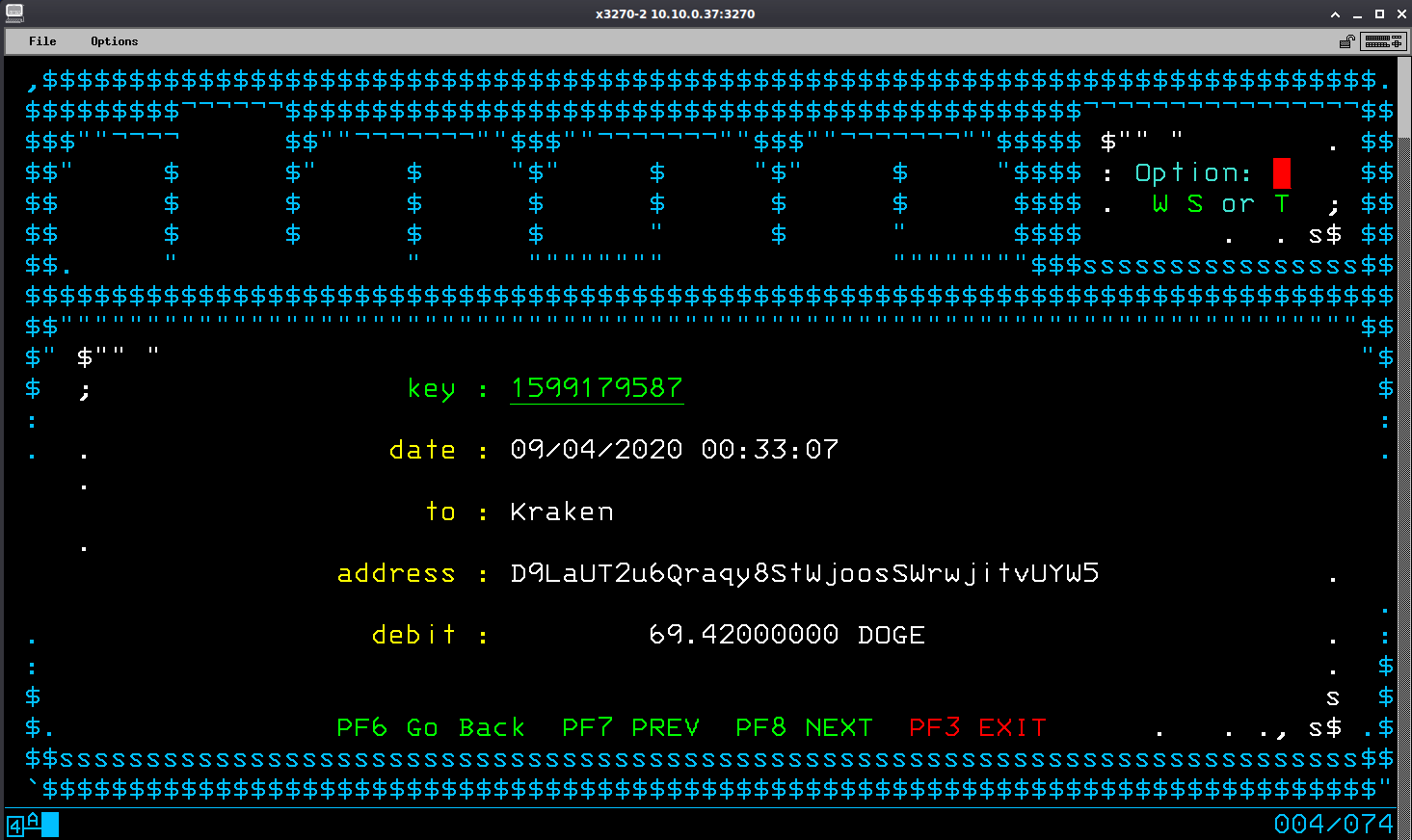
Miners have the task of creating new blocks in the blockchain by solving computationally-intensive cryptographic puzzles, in a process referred to as “mining”. MinersĪ miner is a specialized node in the Dogecoin network. The reward consists in providing a service to the Dogecoin network and thus, hopefully, bringing value to it. There are no direct incentives in running a node. If you are up to the task, please check our Operating a Dogecoin Node Guide to get you started.

But running a node in a way that is useful for the Dogecoin network for a prolonged period of time involves a bit of dedication and know-how. Learning to run a node, and to maintain it, can be a fun and educational experience.
DOGECOIN CORE SYNC TIME FULL
Running a full node requires a computer with enough disk space to host a full copy of the blockchain (currently around 70GB) and an unmetered broadband connection to the internet (a full node can consume several TB of data per month in periods of intense network activity). Establish a baseline for fees and dust limits through setting relay policies (since Dogecoin Core v1.14.4).Provide redundancy to the network by providing more bandwidth, which could be critical during spikes in activity.Protect against network denial of service (DoS) attacks.In practice, a Dogecoin node operator running a node properly, on a machine with enough disk space and bandwidth, will help to: By being able to fully validate transactions and blocks and by hosting a full copy of the blockchain, full nodes perform crucial tasks in the network, including validating transactions, keeping a historic record of all transactions, and dictating and enforcing the rules of the network. Without node operators running full nodes, the Dogecoin network could not function. Light nodes are still capable of performing a task - which is to verify transactions by using a method called Simрlifiеd Pауmеnt Vеrifiсаtiоn (SPV). They require much less storage and resources than full nodes, since they do not need to store the entire blockchain. Light nodes (like the Multidoge wallet), also known as SPV nodes, depend on full nodes for functioning. Full nodes support the network by accepting transactions and blocks from other full nodes, validating those transactions and blocks, and then relaying them to further full nodes. Most full nodes in the Dogecoin network contain a copy of the entire blockchain, the full history of all transactions that ever occurred in the Dogecoin network. Each full node is able to fully validate transactions and blocks. Full Nodes and Light Nodesįull nodes are the backbone of the Dogecoin network. There are several types of nodes, depending on the role they play in the network.
DOGECOIN CORE SYNC TIME SOFTWARE
This software communicates with other nodes on the network and in doing so keeps the distributed ledger in sync and up-to-date, in addition to providing new nodes that need to download the full Dogecoin blockchain with information about past blocks. In short, a node is software that is running on a computer that is connected to the Dogecoin network.

This is why cryptocurrencies like Dogecoin are often referred to as being decentralized. In practice, this results in transaction information being shared across the entire network and, subsequently, not needing to be stored in one centralized place. Transaction information is recorded into a database, split into blocks chained to each other, and distributed and replicated across the nodes of the network: this database is known as the Dogecoin blockchain. Each of these nodes is running specialized software, called Dogecoin Core. The Dogecoin network is a peer-to-peer payment network consisting of thousands of computers called nodes.


 0 kommentar(er)
0 kommentar(er)
